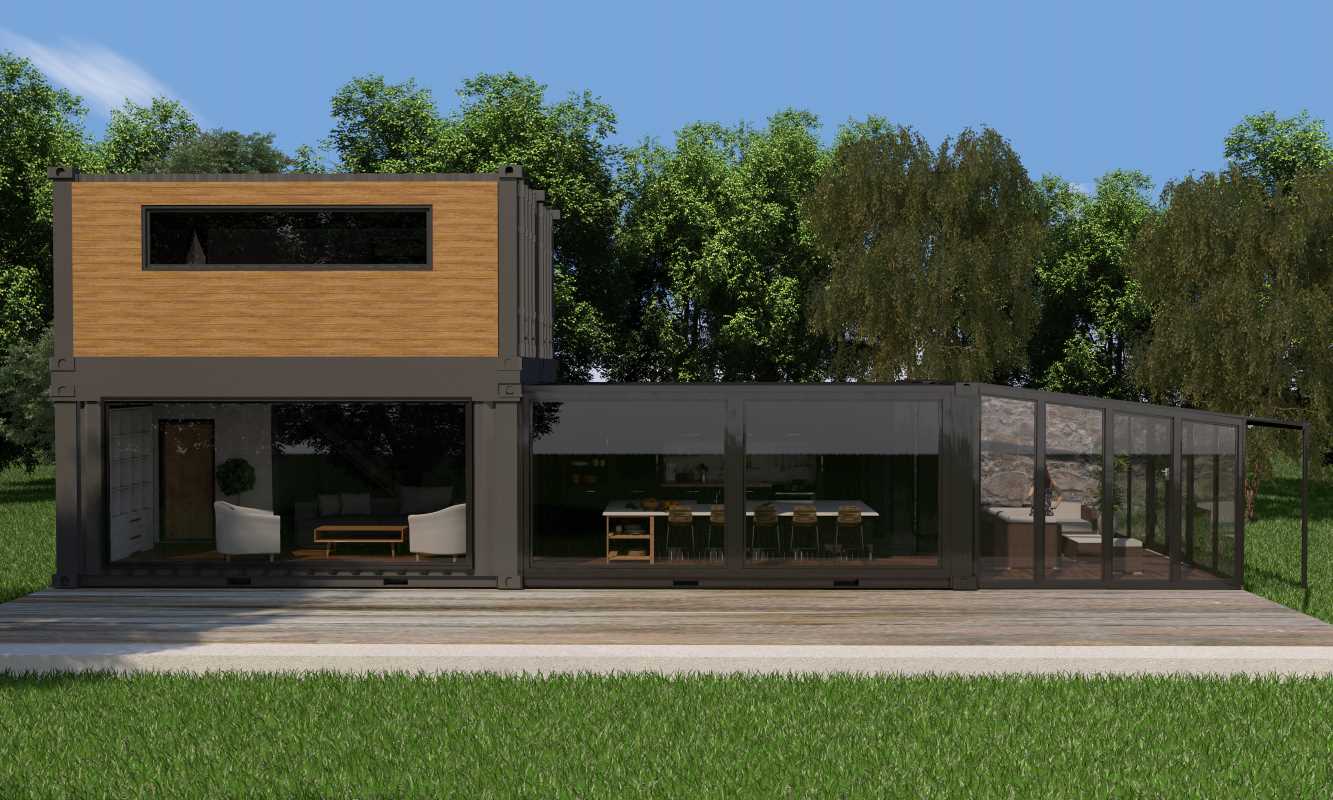Creating a custom home offers a unique sense of accomplishment, yet many discover that insurance premiums can quickly add up. Insurance companies look closely at your home’s design, choice of materials, and any risks specific to your location. Distinctive features, such as elaborate layouts or luxurious finishes, often lead to higher premiums. Before you commit to a policy, take time to understand the factors that might drive up your insurance costs. Identifying these elements allows you to make informed decisions and seek savings without giving up on those custom details or energy-saving upgrades you value. Explore five practical ways to keep your insurance expenses under control.
Identify Main Risk Factors
Begin by listing potential hazards tied to your lot and build plan. Factors such as flood zones, wildfire exposure and high winds often lead to higher rates. Ask the builder for past claims data on similar projects to understand common issues—foundation cracks, roof leaks or storm damage.
Then, estimate costs for making those areas more resilient. If your property sits near a flood plain, upgrading to raised foundations or flood vents might earn you credits from the insurer. Collect quotes from at least three providers and focus on how each explains risk factors. This insight gives you the power to negotiate discounts or switch to a more competitive insurer.
Buy Home Safety Features
Insurers favor visible protection systems, so investing in safety equipment can lower premiums. Key upgrades include:
- Monitored smoke and carbon monoxide alarms connected to a central station
- Automatic sprinkler or mist systems in main living areas
- Security cameras and doorbell sensors with 24/7 monitoring
- Smart water shutoff valves to prevent leaks from causing large claims
Work with a licensed professional to install and certify these devices. Keep documentation of approved permits and inspection reports to help your agent secure any eligible credits, often reducing your policy by 5–15%.
Partner with Specialized Insurers
Mass-market carriers sometimes apply uniform rates that don’t reward custom design features. Seek out underwriters who focus on unique homes. Specialty insurers like Veritas Custom Insurance or CraftHome often offer tailored programs. They evaluate each property’s value and features individually, helping you avoid inflated estimates.
Contact independent brokers who list specialized companies alongside major providers. Compare coverages that matter—replacement cost, extended rebuild options and ordinance coverage for design upgrades. If you have a history of few claims and strong safety measures, these brokers will likely match or beat standard quotes.
Combine Policies and Look for Discounts
Bundling your home and auto or other liability coverage often leads to savings on multiple policies. Insurers see bundled business as more profitable, so they pass some of those savings onto you. Check if you qualify for:
- Loyalty discounts for staying with the same insurer over several years
- Membership benefits if you belong to a builders’ association or trade group
- Security credits for gated entries or neighborhood watch programs
Call your agent mid-policy to explore newly available programs. Some insurers update rates more frequently than once a year, so don’t wait until renewal to ask about extra savings.
Make Smart Construction Choices
Selecting modern materials and methods can lower risk exposure. That often prompts insurers to offer discounted rates.
- Insulated concrete forms (ICF) improve resistance to fire and wind, earning structural credits.
- Metal roofing resists hail and heavy rain, providing durability discounts.
- Engineered lumber and steel framing reduce the chances of mold or termite damage.
- Energy-efficient glass and impact-resistant windows minimize heat loss and storm vulnerability.
When requesting quotes, mention these features upfront. Some companies even publish rate tables for each upgrade, helping you project long-term savings.
Keep an Eye on and Update Your Coverage
After moving in, review your policy regularly to match any changes to your property. Adding a workshop, pool or solar array can change replacement costs. Schedule a coverage review after each major upgrade and request an updated valuation.
Also, monitor your safety record. If you go years without claims, you may qualify for no-claims bonuses or deductible reductions. Some insurers let you lower your deductible by 10–20% for each claim-free year, up to a set limit.
Stay aware of new discount programs like green-building or smart-home credits, which often appear. A quick call can uncover savings you might not know about.
Protect your custom home by identifying risks early, selecting the right insurer, and updating your policy regularly. This approach ensures better coverage and potential savings.
 (Image via
(Image via





